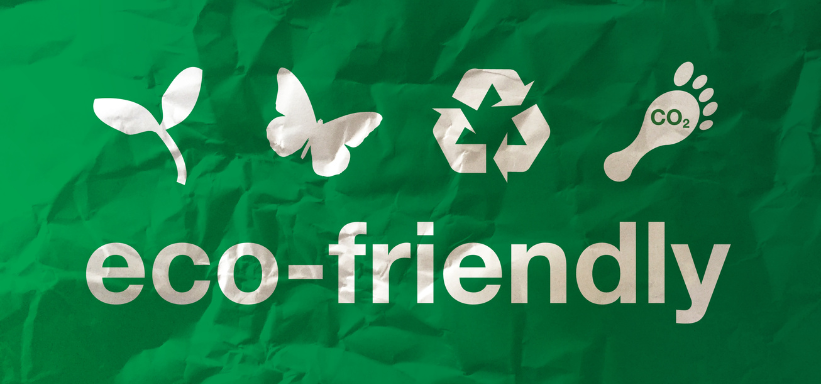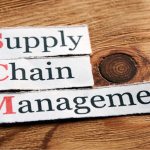Executive Summary
-
Explore the latest sustainable materials revolutionizing the packaging industry.
-
Understand the environmental and economic benefits of eco-friendly packaging.
-
Identify key challenges and solutions in adopting sustainable packaging practices.
-
Discover real-world examples of companies successfully implementing innovative materials.
-
Gain insights and tips from industry experts on sustainable packaging strategies.
Introduction
In an era where environmental concerns are increasingly influencing consumer choices, the packaging industry is undergoing a transformation. The demand for sustainable packaging solutions is not just a trend; it’s a necessity driven by regulatory pressures and consumer preferences. This article delves into innovative materials reshaping eco-friendly packaging and explores why these innovations are crucial for businesses aiming to align with sustainable practices and meet market demands.
Definitions / Context
Eco-friendly packaging refers to the use of materials and design strategies that reduce environmental impact and resource consumption throughout the packaging lifecycle. These materials are often biodegradable, recyclable, or made from renewable resources. Key terms include:
-
Bioplastics: Derived from renewable biomass sources like vegetable fats and oils, corn starch, or microbiota.
-
Compostable Packaging: Designed to break down into non-toxic components in a compost environment.
-
Recyclable Materials: Packaging that can be reprocessed into new products, reducing the consumption of raw materials.
Benefits / Pros
-
Environmental Impact: Reduces waste and pollution by using biodegradable and compostable materials.
-
Brand Image: Companies adopting sustainable practices are perceived more positively by eco-conscious consumers.
-
Cost Efficiency: Long-term savings from reduced material use, waste management costs, and potential tax incentives.
-
Regulatory Compliance: Aligns with increasing global regulations on packaging waste and environmental protection.
Risks / Cons / Challenges
-
Higher Initial Costs: Eco-friendly materials can be more expensive upfront compared to traditional options.
-
Infrastructure Limitations: Inadequate recycling and composting facilities can hinder effective waste management.
-
Performance Concerns: Some biodegradable materials may not match the durability or barrier properties of conventional plastics.
Step-by-Step Process
How to Transition to Eco-Friendly Packaging
-
Assess Your Current Packaging: Identify areas where sustainable materials can be integrated.
-
Research Materials: Evaluate materials based on sustainability, cost, and functionality.
-
Pilot and Test: Implement small-scale trials to assess performance and consumer response.
-
Scale and Educate: Roll out successful solutions and educate consumers about your sustainable initiatives.
Patagonia, an outdoor clothing company, switched from traditional plastic packaging to biodegradable alternatives. The company reported a significant reduction in its carbon footprint and received positive consumer feedback, boosting its brand loyalty and sales.
Patagonia’s Shift to Biodegradable Packaging–
Expert Tips / Strategic Insights
-
Strategic Partnerships: Collaborate with packaging innovators to access cutting-edge materials.
-
Consumer Education: Transparently communicate your sustainability efforts to enhance customer engagement.
-
Regulatory Awareness: Stay informed about local and international regulations to ensure compliance and leverage potential incentives.
Tools / Resources / Calculators
-
Eco-Packaging Calculator: Estimate the environmental impact of different packaging materials.
-
Sustainable Materials Guide: Access a comprehensive list of suppliers and materials.
-
Regulatory Compliance Checklist: Ensure adherence to global packaging standards.
Conclusion
Innovative materials for eco-friendly packaging are reshaping the industry, driving sustainability, and meeting consumer demands. By embracing these materials, companies can reduce their environmental footprint, align with regulations, and enhance their brand image. The transition to sustainable packaging is not just an ethical choice but a strategic business decision.


















